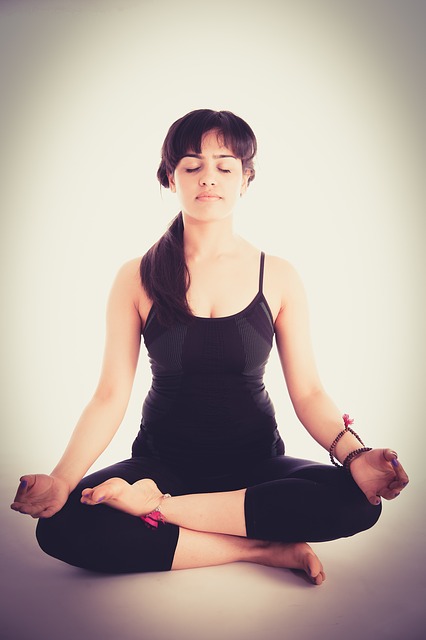There is a large variety of meditation to choose from. It isn’t all just sitting cross-legged with your eyes shut. Let’s explore types of meditation.
Types of meditation include Buddhist practices, transcendental, zen, mantra, chakra, sound, guided and active. How can someone choose where to start? Think about the type of person you are overall, the amount of time and dedication you have, and where your interests lie. What do you intend to get out of meditation?

Here are some benefits from practicing:
- Relaxation
- Healing the body
- Handle stress better
- Feel less anxious
- Increased energy
- Improved focus
- Deeper spiritual connection to oneself
- Increased amount of positive feelings
The goal of meditation is to quiet the mind and bring your consciousness to the present moment. In addition, meditation helps one connect with the inner self and increases connection to others and the whole of creation. Meditation eases persistent mental noise, improves focus, creativity and is calming. Almost any activity can be meditative if it absorbs your attention and keeps you present. Let’s consider some meditation exercises:
Qigong, tai chi, yoga – These exercises cultivate “life energy” and promote the circulation of energy (Qi) through the focus on breathing and movement. In particular these exercises circulate oxygen and blood. If you are interested in one of these, seek out a qualified instructor. Dr. Carrie is a member of the Dunedin Taoist Tai Chi Society and uses Tai Chi as a way to bring balance to her busy life.
Activity mindfulness – Walking or doing other enjoyable activities such as sports, art, music or writing promote activity mindfulness. Doing dishes, gardening or cleaning can also be considered a meditation if we are focused and present while enjoying the experience.
Guided meditation – This type of meditation is where one sits and focuses on specific imagery given by an instructor or through audio. This form of meditation is often used in healing, as one can focus on specific parts of the body.
Sound – The focus of this meditation is on a sound, repeated mantra or vibration.
Mantra – Mantra meditation is repeating a mantra such as “Om” or “Om mani padme hum.” transcendental meditation, a very popular and well-known practice includes a mantra and is usually practiced about 20 minutes twice a day. It might be a good idea to seek out an instructor for transcendental meditation, as it has specific techniques that might require a higher level of assistance.
Sitting – Sitting meditation is very common and can incorporate focus on sound, a mantra or breathing. Practices tend to originate from Buddhism, and established positions, such as the lotus, have been taught to encourage deeper inner connection.
Binaural Beats – This is a modern addition to the meditation circle. Binaural beats are special frequencies that put the brain into meditative states such as alpha or theta. The frequencies, which synchronize brain waves, have benefits such as increased awareness. Binaural beats tend to quickly enhance mood. They can be found easily using an Internet search.
If you are ready for meditation, start slowly with one that looks enjoyable. Better yet, start right now by looking around you or going through every part your body with thoughts of appreciation.
Flotation Tanks – Also known as a sensory deprivation tank, float tanks are filled with body temperature wanter and high concentration of epsom salt. They were developed in 1954 by a neuropsychiatrist for the National Institute of Mental Health. The benefits of floating, as reported by Temple Float Spa, are reported as:
The main benefits one receives from Flotation is the experience of weightlessness and what it does on the physical body as well as the benefits associated with the body floating in the Epsom salt solution along with the different states of mind that one can enter while truly relaxing and letting go of the outside world. These benefits are different for each individual. They can be present during the float session only, or they can last for an extended period of time after the session ends.
The correlation between mind and body has everything to do with living a balanced, healthy and happy life. Floating offers an all-natural holistic approach, which has been proven to help a wide scope of ailments and offer physical and mental well-being to its practitioners.
Acupuncture – Often patient will meditate during acupuncture. Acupuncture can help facilitate body awareness and mindfulness by decreasing your stress hormone cortisol and increasing peripheral circulation.
There is no wrong way to meditate. The most important aspect of “meditation” is in the aspect of being mindful and aware for a period of time, no matter how small. Check in with you body and your mind throughout the day.

